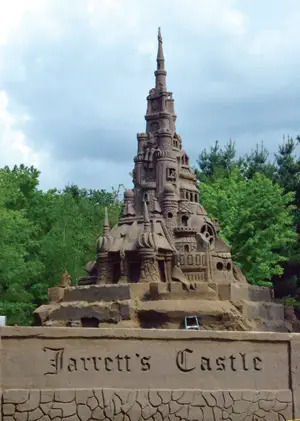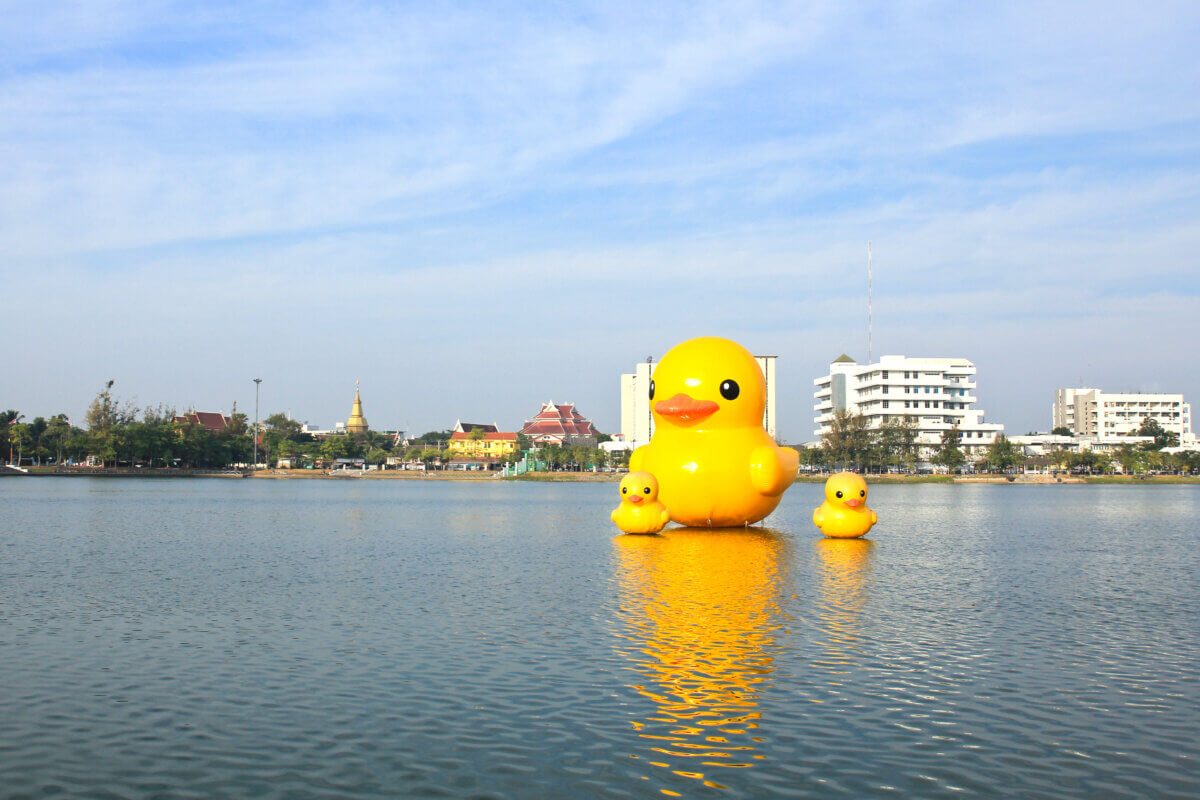Summer is around the corner and that means lots of time spent on the beach with your kids. Use these experts’ tips and tricks to build a sandcastle like a pro.
Sandcastle Building 101
 Building even a basic sandcastle requires more science than you may think, from the basics of geology to chemistry. Here, two experts—one the Guinness World Record-holder for the tallest sandcastle, and the other a professional sculptor—break it down for the casual constructor.
Building even a basic sandcastle requires more science than you may think, from the basics of geology to chemistry. Here, two experts—one the Guinness World Record-holder for the tallest sandcastle, and the other a professional sculptor—break it down for the casual constructor.
Base Building: “For small to mid-sized castles, I find any bucket with a few holes poked in the bottom allows for the best ‘flip and fill’ bases,” says Ed Jarrett, Guinness World Record holder for the tallest sandcastle and a professional sculptor based in Hartford, CT. “If you would like something a little larger, roofing tar paper that is cut to the preferred size and then duct-taped together works great. You fill it with small amounts of alternating sand and water and use your fingers to pack and mix the sand as you go. Once filled, let the mixture sit for a while to allow water to drain. Then remove paper and start sculpting and/or decorating.”
Sculpting Tools: Creating sandcastles is all about using inexpensive tools that you can find around your house or at a store. “A palette art knife (found in most craft stores) with a bent handle is great for carving,” says Meredith Corson, professional sculptor and co-owner of Sanding Ovations, based in Treasure Island, FL. “We always use little measuring spoons to scoop out curves and holes.” Jarrett advises using some tools you probably already have in your picnic basket: “Plastic spoons and forks work for some minor digging out of windows and doors, as well as adding texture.”
Making a Sandcastle Special
The secret to a standout sandcastle is in the details. “Pay attention to detail; it can make a huge difference in how your castle looks,” Corson says. “Be creative by adding stairs or windows.” Jarrett recommends naming the castle or creating a story about who might have lived there.
Best Sand for Building: Sand that is filled with silt and sediments is the best kind. To test your sand, make a snowball or a “sandball,” as Corson calls it: Pack sand and water together as if you were making a snowball. “If the sand stays together, that’s good sand,” she explains. Even better: “Take the ‘sandball’ and throw it up in [the] air and catch it—if it doesn’t crack, it’s good sand.”
Water, Water, and More Water: You can never have too much water when it comes to sandcastle making: Each grain of sand needs to be saturated in water in order for the sand to stick together. “When packing the sand, you want to have enough water to thoroughly mix the sand so it looks like wet cement or toothpaste,” Jarrett advises.
Decorating: Look to your own natural surroundings for decorating inspiration. “I really like using all-natural items,” Jarrett says. “Tree bark is a favorite for doors, window shutters, and suspended walkways from one turret to another, as well as the drawbridge. A small twig with a small shell on top makes for a great flag,” he says. “Walk on the beach and collect shells, feathers, and seaweed,” Corson suggests.
Parent Involvement: Bouncing ideas around is a good way to keep kids motivated. “Positive encouragement of creativity is a great way for parents to become involved,” Jarrett says. “Parents should be there to support and encourage creative repairs should something fall apart during construction.”





















